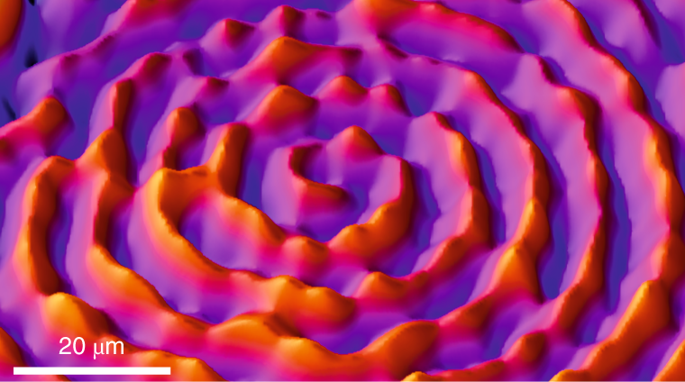Nature Catalysis ( IF 37.8 ) Pub Date : 2019-12-16 , DOI: 10.1038/s41929-019-0395-3 Cédric Barroo , Zhu-Jun Wang , Robert Schlögl , Marc-Georg Willinger

|
Analytical methods that provide direct real-space information about the dynamics of catalysed reactions often require simplified model systems and operate under high-vacuum conditions. There is thus a strong need for the development of methods that enable observation of active catalysts under relevant working conditions. Here, in situ scanning electron microscopy is employed to study reaction dynamics and structure–activity correlations on surfaces. High sensitivity to changes in the work function and surface composition enables the detection of monolayers of adsorbed molecular species on metal surfaces, which is used here to visualize catalytic NO2 hydrogenation on platinum. The initiation of reactive behaviours and propagation of reaction fronts, as well as the spillover of activated species revealed in real-time and across a large pressure range, demonstrate the power of in situ scanning electron microscopy as a surface science tool in the study of gas-phase- and temperature-induced processes.
中文翻译:

通过原位扫描电子显微镜对催化表面反应的动力学进行成像
提供有关催化反应动力学的直接真实空间信息的分析方法通常需要简化的模型系统并在高真空条件下运行。因此,强烈需要开发能够在相关工作条件下观察活性催化剂的方法。在这里,采用原位扫描电子显微镜研究表面上的反应动力学和结构-活性相关性。对功函数和表面组成变化的高度敏感性使得能够检测金属表面上吸附的分子种类的单分子层,在此用于可视化催化性NO 2在铂上氢化。反应行为的引发和反应前沿的传播以及活化物种的溢出以及实时显示的以及在较大压力范围内的溢出,都证明了原位扫描电子显微镜作为气体研究中的表面科学工具的强大能力相和温度引起的过程。


























 京公网安备 11010802027423号
京公网安备 11010802027423号